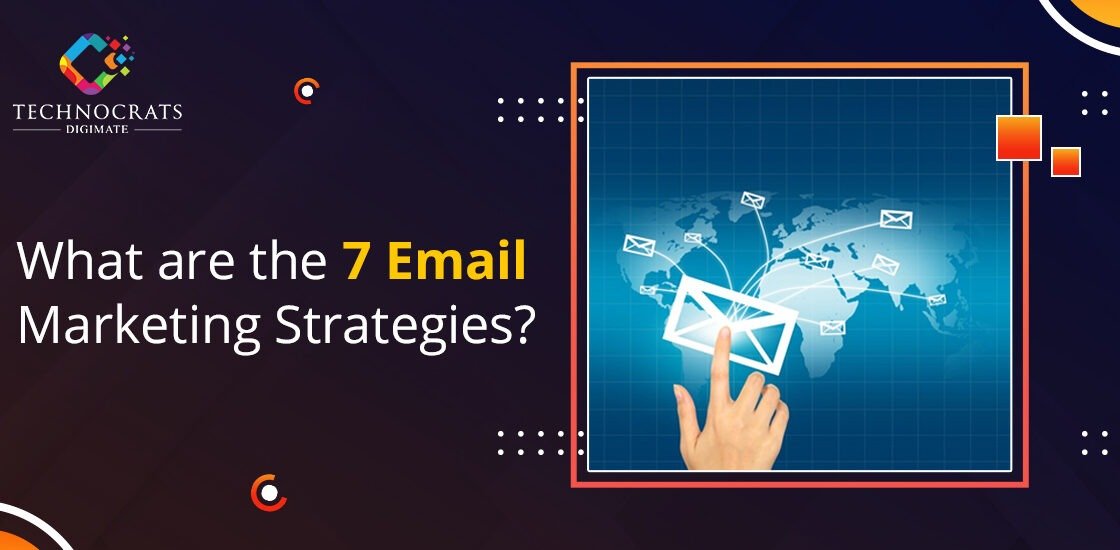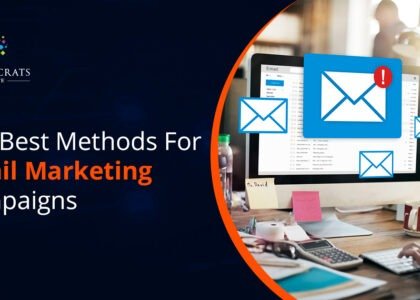Email marketing has proven to be an incredibly effective tool for businesses to connect with their audience. In this digital age, crafting the right email marketing strategy is essential. Technocrats Digimate, a leading digital marketing company, presents the seven key email marketing strategies that can help you boost your campaign’s effectiveness. Discover how to harness the power of email marketing, explore the latest tools, and optimize your services.
1. Building a Solid Foundation for Email Marketing
The success of your email marketing campaign begins with a solid foundation. To start on the right foot, make sure you’re using the right email marketing tools. Tools like MailChimp, Constant Contact, or SendinBlue can simplify the process, allowing you to create, send, and track emails with ease. These platforms offer templates, automation, and analytics to enhance your email marketing strategy.
Selecting the right tool that aligns with your business needs is crucial for success. It’s essential to choose a platform that provides a user-friendly interface and the features you require. Many email marketing tools offer a variety of templates, allowing you to create visually appealing emails without the need for design skills. Automation is another critical feature, enabling you to schedule emails, segment your audience, and set up drip campaigns.
2. Define Your Email Marketing Goals
Before you start crafting emails, it’s crucial to define clear objectives. Email marketing services are most effective when you have a goal in mind. Are you looking to drive website traffic, increase sales, or build brand awareness? Defining your goals will shape the content, design, and overall strategy of your emails.
Setting specific, measurable, and time-bound goals allows you to track your progress and adjust your strategy as needed. For instance, if your goal is to increase sales, you can track the revenue generated from each email campaign. If your goal is to drive traffic to your website, monitor the click-through rates and the number of visitors referred to your emails.
3. Segmenting Your Audience
One of the most powerful email marketing strategies is audience segmentation. By dividing your subscribers into smaller groups based on demographics, behavior, or interests, you can send targeted and relevant content. This personalization is proven to increase engagement and conversions, as it resonates with the recipient on a more individual level.
Implementing dynamic content that adapts based on the recipient’s preferences can take segmentation to the next level. For example, an e-commerce store can send personalized product recommendations based on the recipient’s browsing and purchase history. Segmentation not only boosts engagement but also reduces unsubscribe rates and spam complaints, as subscribers receive content that’s more aligned with their interests.
4. Compelling Content Creation
Your email marketing campaign’s success largely depends on the quality of content you deliver. Craft engaging, informative, and valuable content that resonates with your audience. Use catchy subject lines, creative visuals, and a clear call to action (CTA) to encourage recipients to take the desired action.
Whether it’s a promotional offer, a newsletter, or a product update, the content should provide value. Storytelling through email marketing can further enhance engagement and connect with your audience on a deeper level. For example, share success stories, customer testimonials, or behind-the-scenes insights that create an emotional connection with your brand.
A well-structured email should have a clear purpose. Avoid cluttering your message with too many offers or messages, as this can overwhelm the recipient. Focus on a single call to action to keep the message concise and impactful. Make sure your email is mobile-responsive, as a significant portion of emails are now opened on mobile devices.
5. Automation and Drip Campaigns
Email marketing services have made automation a breeze. Implementing automation in your strategy can save time and deliver consistent messages. Drip campaigns, for instance, allow you to send a series of pre-scheduled emails, nurturing leads and guiding them through the sales funnel.
This strategy ensures that your audience receives relevant information at the right time, increasing the chances of conversion. Sequencing your drip campaigns and personalizing them based on user behavior can yield higher conversion rates. For instance, if a subscriber has shown interest in a specific product, you can send a series of emails providing detailed information, testimonials, and ultimately, a compelling offer to drive the purchase.
Automation also allows you to send triggered emails based on specific actions or events. For instance, you can send a welcome email when someone subscribes to your newsletter, a reminder email for abandoned carts, or a follow-up email after a purchase for cross-selling or seeking reviews.
6. A/B Testing and Optimization
Regularly testing and optimizing your email campaigns is vital. Use A/B testing to experiment with different elements, such as subject lines, visuals, and CTA buttons. Analyze the results and fine-tune your strategy based on what works best for your audience.
Continual improvement will lead to better open rates, click-through rates, and overall campaign success. Implement a structured testing plan and keep refining your content to match changing audience preferences. A/B testing can also help you determine the optimal time to send emails, the best subject line length, and the most effective email design.
In addition to A/B testing, conduct a regular review of your email marketing strategy’s performance. Analyze key metrics like open rates, click-through rates, conversion rates, and unsubscribe rates. Use the insights gained to improve your content, design, and overall strategy. For example, if you notice a drop in open rates, experiment with more personalized subject lines or reconsider the frequency of your emails.

7. Monitoring and Analytics
The final piece of the puzzle is keeping a close eye on your campaign’s performance. Email marketing tools provide detailed analytics that allows you to track opens, clicks, conversions, and other key metrics. By analyzing this data, you can gain insights into what’s working and what needs improvement. Adjust your strategy accordingly to maximize results.
Leveraging advanced analytics and predictive data can provide deeper insights into audience behavior and predict future trends. For instance, predictive analytics can help you identify subscribers at risk of unsubscribing and proactively engage them with targeted content or offers to retain them.
It’s essential to set up dashboards and reports to regularly monitor your email marketing performance. These reports can provide a comprehensive overview of your campaign’s effectiveness and help you make data-driven decisions to enhance your strategy continually.
Conclusion
Email marketing strategies are the backbone of successful digital marketing campaigns. Technocrats Digimate is your partner in optimizing your email marketing efforts. By building a strong foundation, defining goals, segmenting your audience, creating compelling content, automating processes, testing, and monitoring, you’ll unlock the full potential of email marketing. Embrace these strategies, harness the power of email marketing services, and watch your business thrive in the digital landscape. Contact us today to start enhancing your email marketing strategy.







